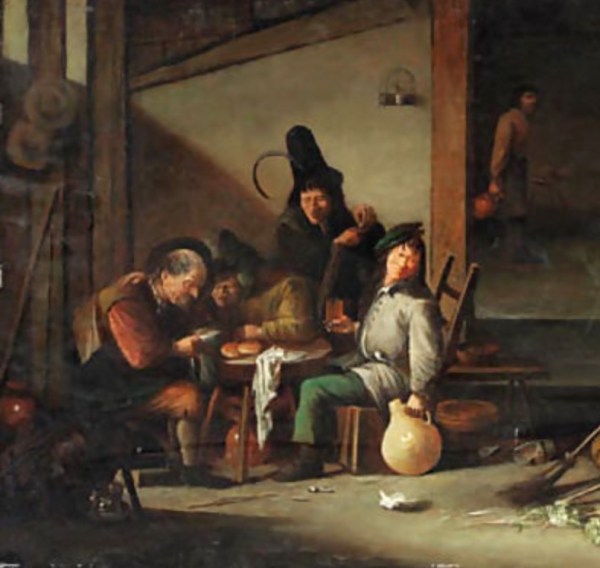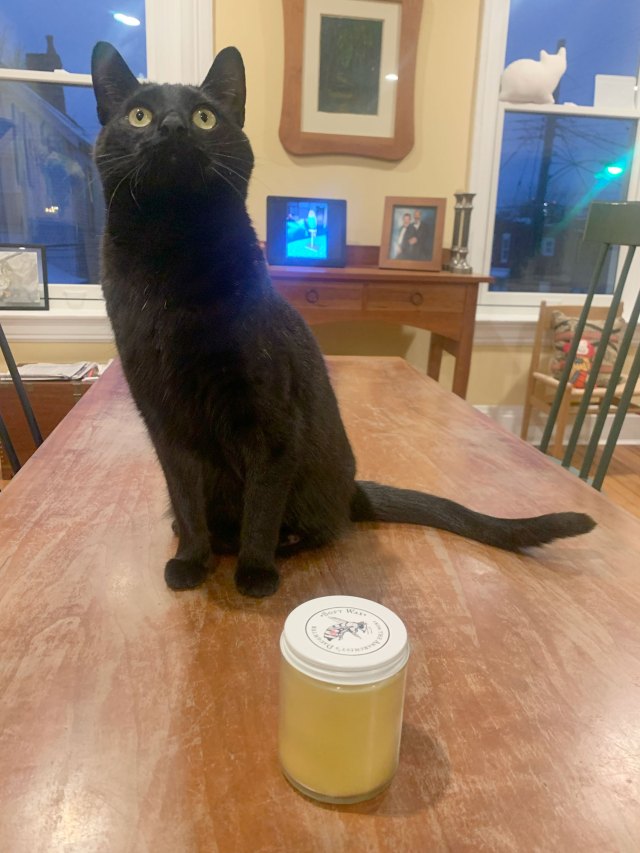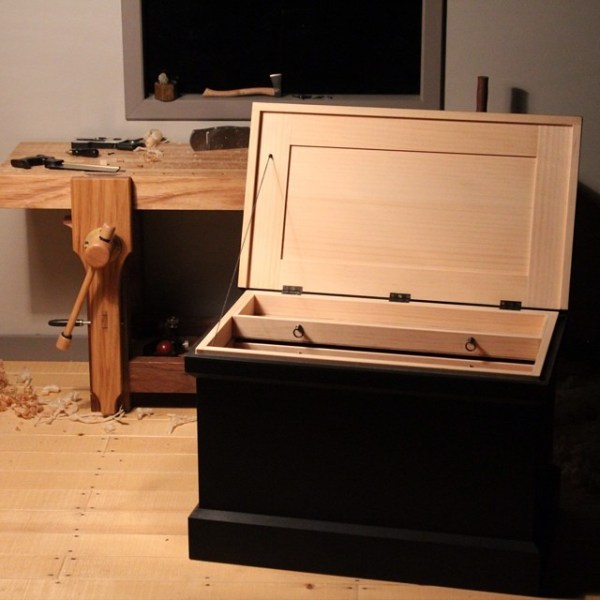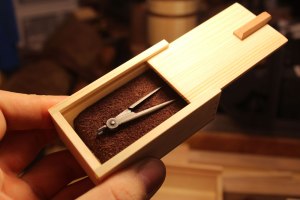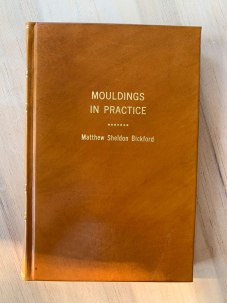It Doesn’t Hurt –
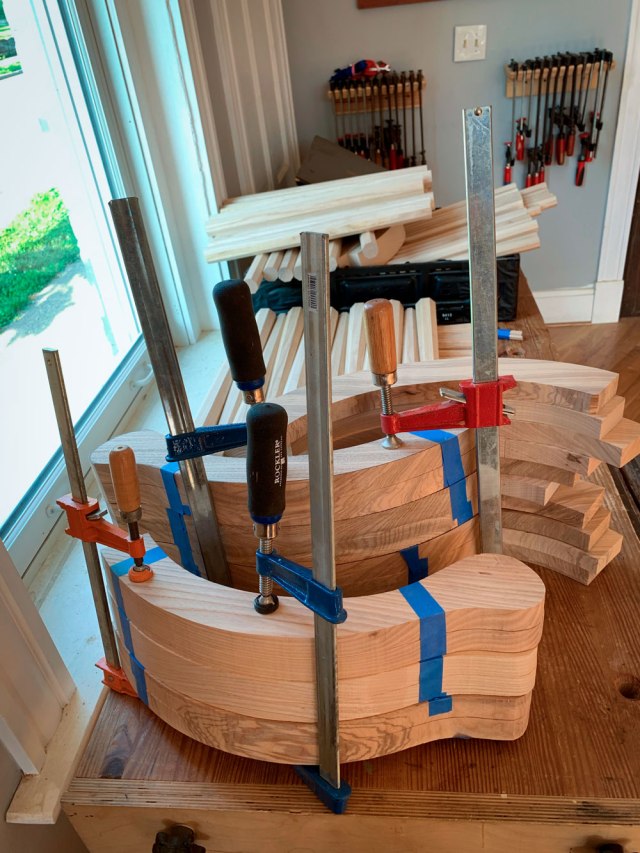
When I started teaching in Germany about 10 years ago, I noticed they performed a lot of woodworking tasks differently than Americans. There was the obvious stuff – pins-first dovetails are the norm, they use bowsaws instead of handsaws, wooden planes instead of metal.
But the more I worked with the traditionally trained joiners and cabinetmakers there, I also picked up a lot of small differences that are just as interesting.
Here’s one that stuck with me. While Americans might sticker their work to help keep it flat overnight, the German woodworkers I’ve worked with tend to clamp the pieces together instead. (Disclaimer: I’m not saying this is universal. It’s not. I’ve just noticed it a lot there in the small number of shops I’ve worked in. Do you know how much it pains me to put this parenthetical in both italics and boldface?)
When I asked if clamping the pieces together helps keep them flat, the Germans shrugged and said, “maybe.”
It’s a good answer.
These days there are times when I clamp parts together. Maybe it helps keep them flat, but I’ve found other reasons to do it.
- It keeps the parts together, in a particular order and makes the whole mass quicker and safer to move. When resawing armbows and the like (as shown above) I want to keep the pieces in order. And when I move a stack of them, it’s easy for the stack to fall apart. Clamps fix this.
- People are less likely to mess with your parts if they are clamped together. This is huge in a communal or commercial shop. Loose parts get knocked around. Or picked up, examined and put down elsewhere. Or used as backing boards. Or worse. Clamping them up reduces careless and unfortunate events.
- Maybe it helps keep them flat. In my experience it doesn’t hurt.
— Christopher Schwarz
